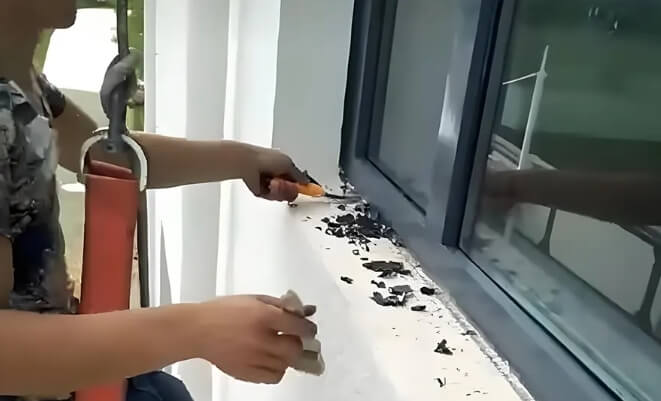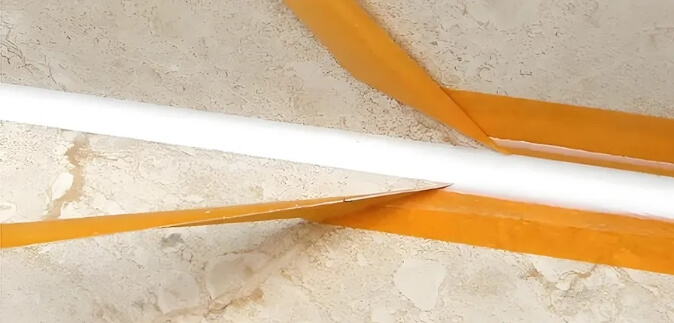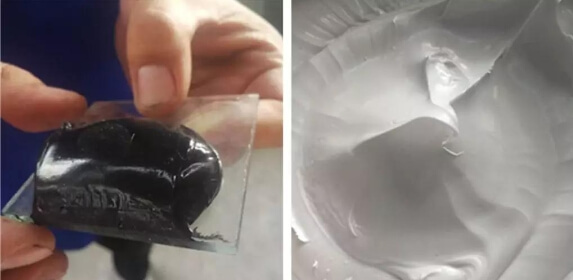Is Neutral Silicone Sealant Harmful to Humans?

Neutral silicone sealant is a neutral-curing sealant containing hydroxyl silicone oil, catalysts, coupling agents, and other ingredients. Short-term contact with neutral silicone weatherproofing sealant is generally harmless to humans. However, prolonged exposure may irritate the respiratory tract, leading to symptoms such as sore throat.
During application, neutral silicone weatherproofing sealant releases methanol and methyl ethyl ketoxime (MEKO). Therefore, ensure adequate ventilation during and after application to allow these substances to dissipate after curing. The sealant itself is not toxic, but it does have an odor that is harmless and disappears after curing. While short-term contact is not harmful, prolonged exposure may irritate the respiratory tract, causing sore throat and coughing. Additionally, the silicone component can irritate the eyes, so avoid contact to prevent discomfort.
Respiratory discomfort caused by neutral silicone weatherproofing sealant usually resolves on its own. However, seek medical attention if symptoms are severe, such as difficulty breathing. In general, minimize contact with chemical raw materials, especially for pregnant women, to avoid potential harm to fetal development.
How to Use Neutral Silicone Sealant
1. Preparation and Joint Cleaning:

Proper application is crucial. First, thoroughly clean the joint using tools like rags and scrapers to remove debris, mortar, and dust. This is essential for proper adhesion. Poorly cleaned joints can lead to sealant failure. After cleaning, load the sealant cartridge into a caulking gun and cut the nozzle to the appropriate size based on the joint width.
2. Application Procedure:

Apply masking tape to both sides of the joint to prevent sealant from staining adjacent surfaces. Then, use the caulking gun to evenly apply the sealant into the joint. After application, use a sealant finishing tool to tool and smooth the sealant, ensuring proper contact with the joint surfaces. Carefully remove the masking tape after application.
If a caulking gun is unavailable, the cartridge can be cut open with a blade, and the sealant can be applied with a putty knife or wooden spatula. However, a caulking gun provides more even application and is easier to use.
3. Curing and Handling:

Silicone sealant cures from the surface inward. Different types of silicone have varying tack-free and curing times. Any surface repairs should be done before the sealant skins over. Uncured sealant can be easily wiped away with a cloth or paper towel. Once cured, it must be scraped off or removed with solvents like xylene or acetone.
4. Safety Precautions:
During curing, silicone sealant releases irritant vapors that can irritate the eyes and respiratory tract. Therefore, work in a well-ventilated area, avoid eye contact, and minimize skin contact (wash hands before eating or smoking). Keep children away from the work area. If sealant gets into the eyes, flush immediately with water and seek medical attention. Once fully cured, the sealant is harmless. Following these guidelines will ensure optimal results when using neutral silicone sealant.
Contact: Jeff
Phone: +86 15979053680
Tel: +86 15979053680
Email: [email protected]
Add: 1306 Hualong International Building, Xihu District, Nanchang City, Jiangxi Province